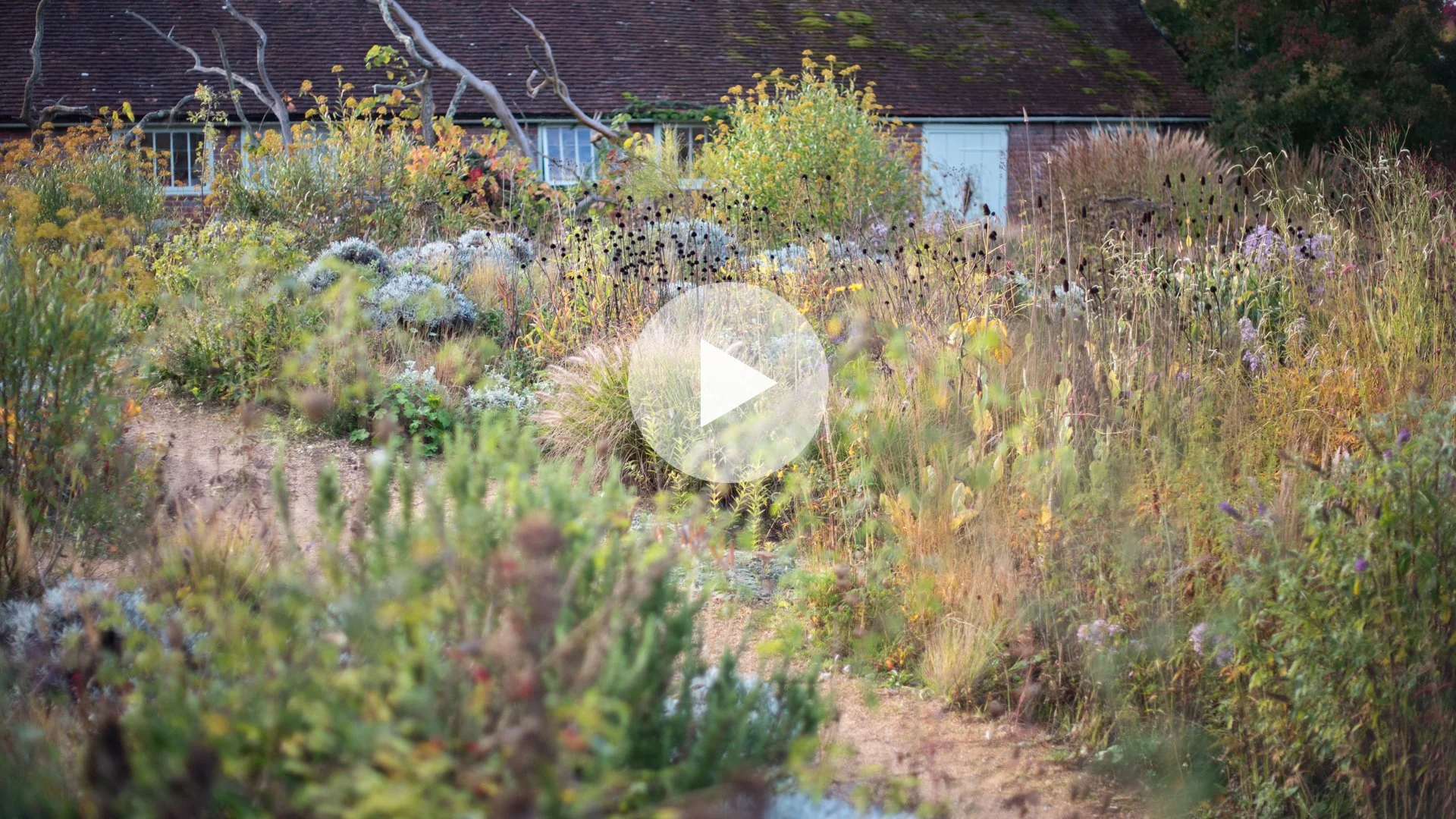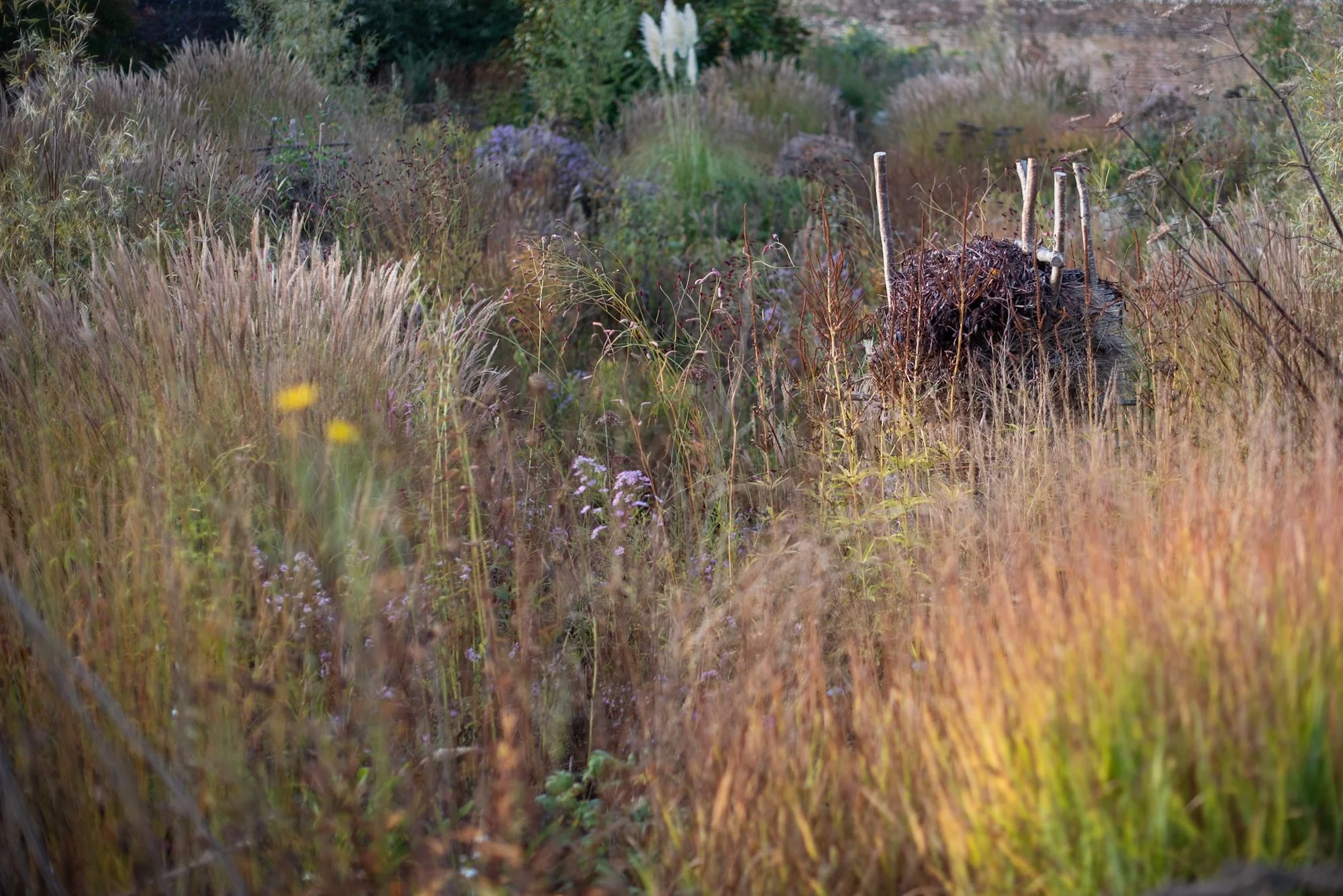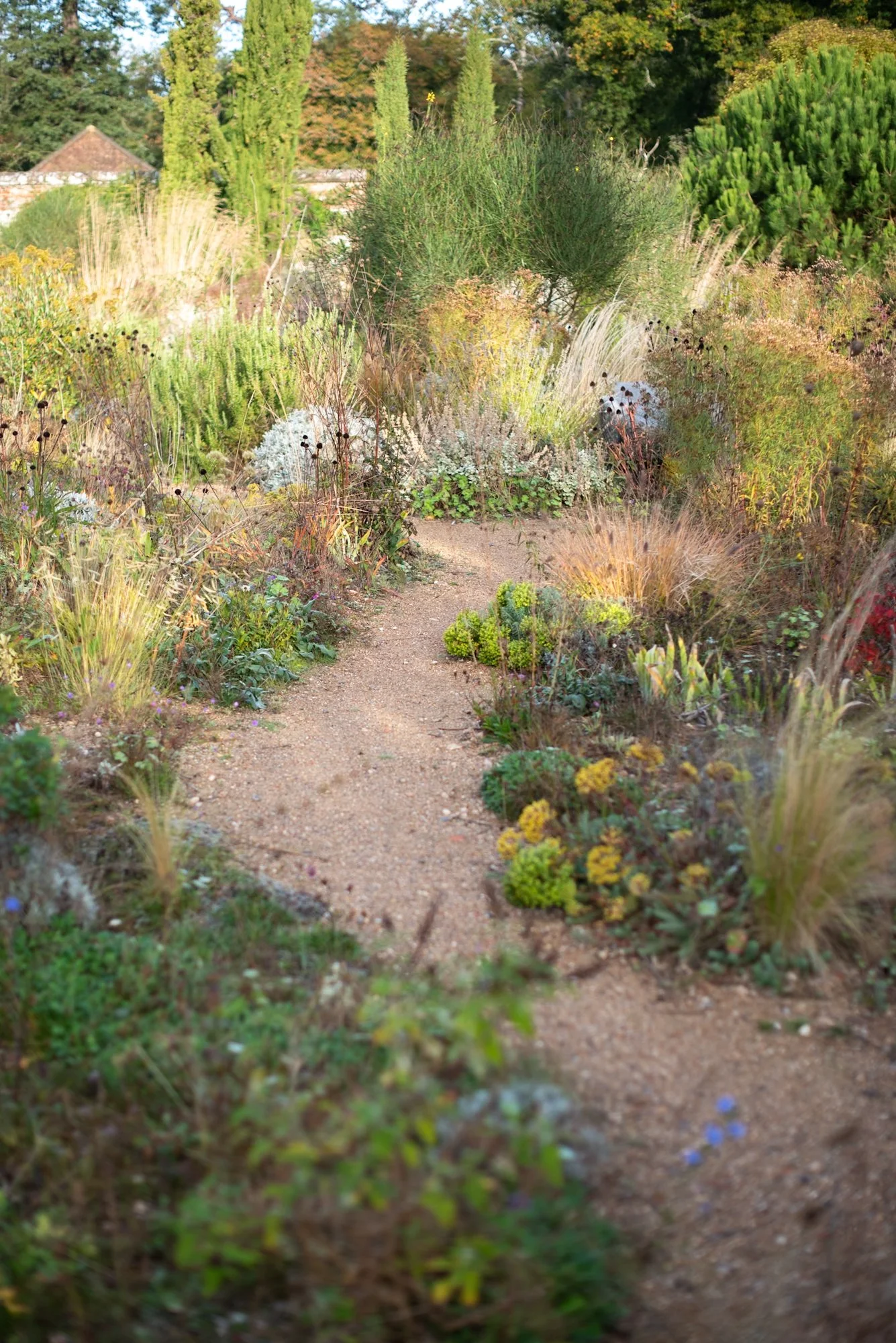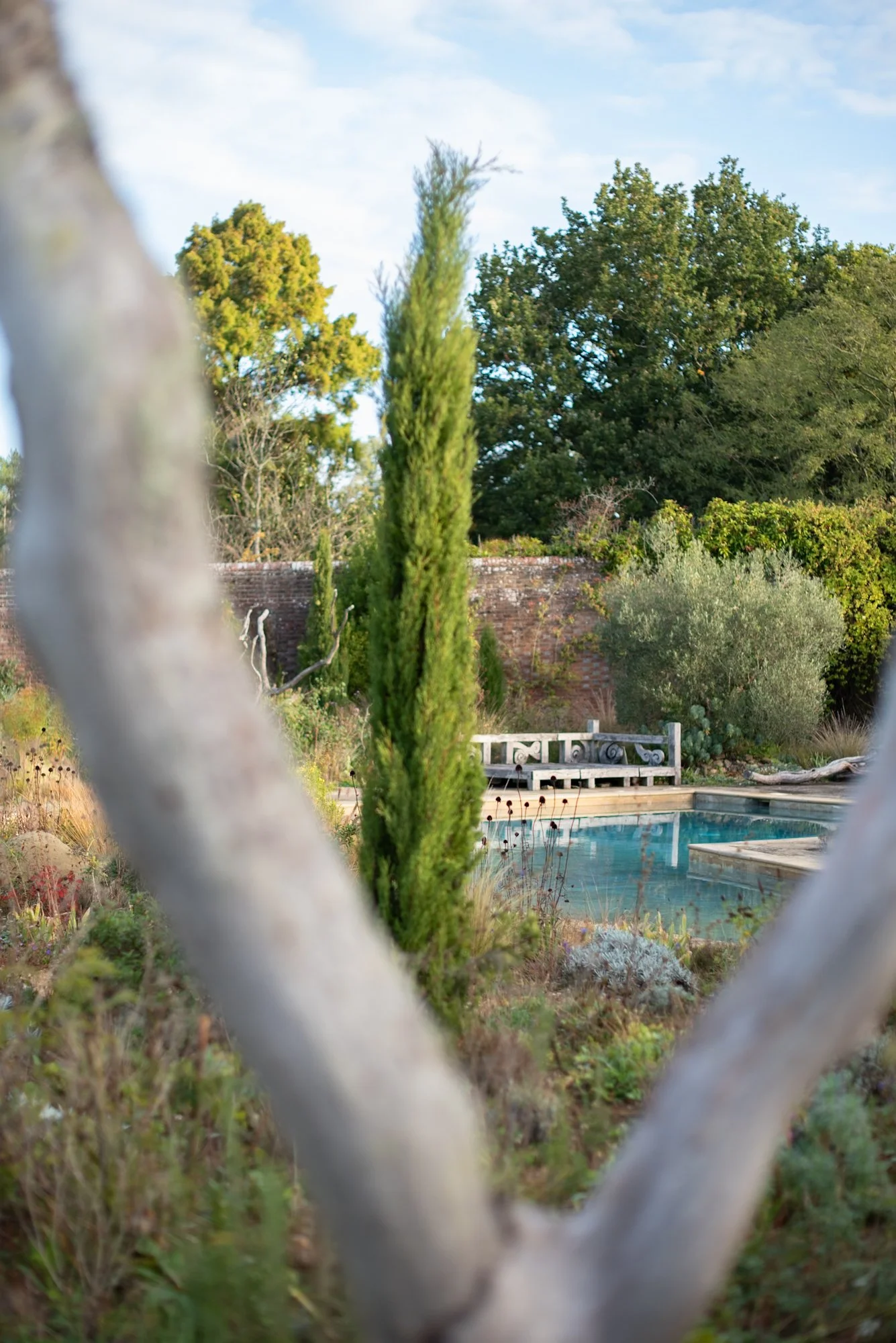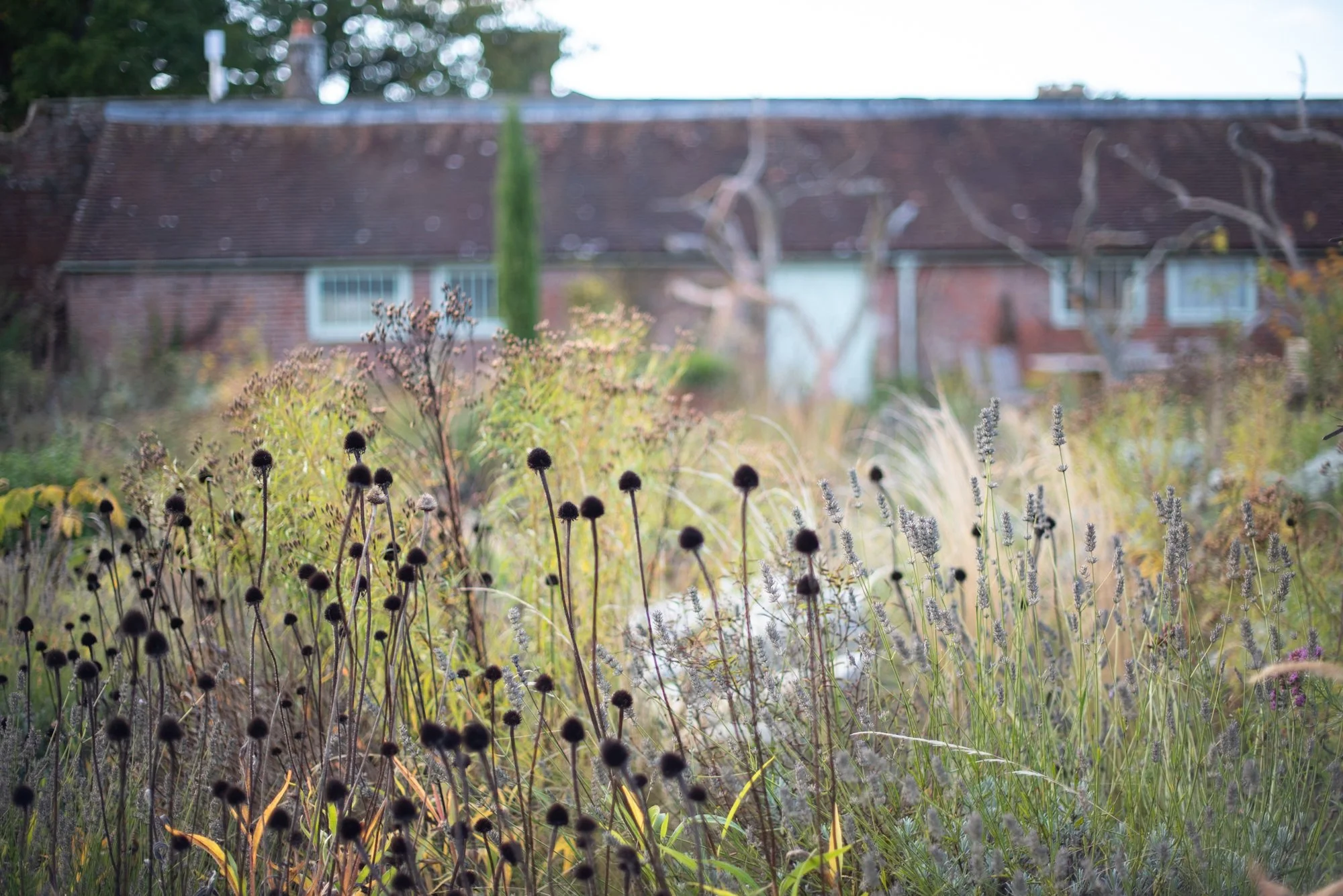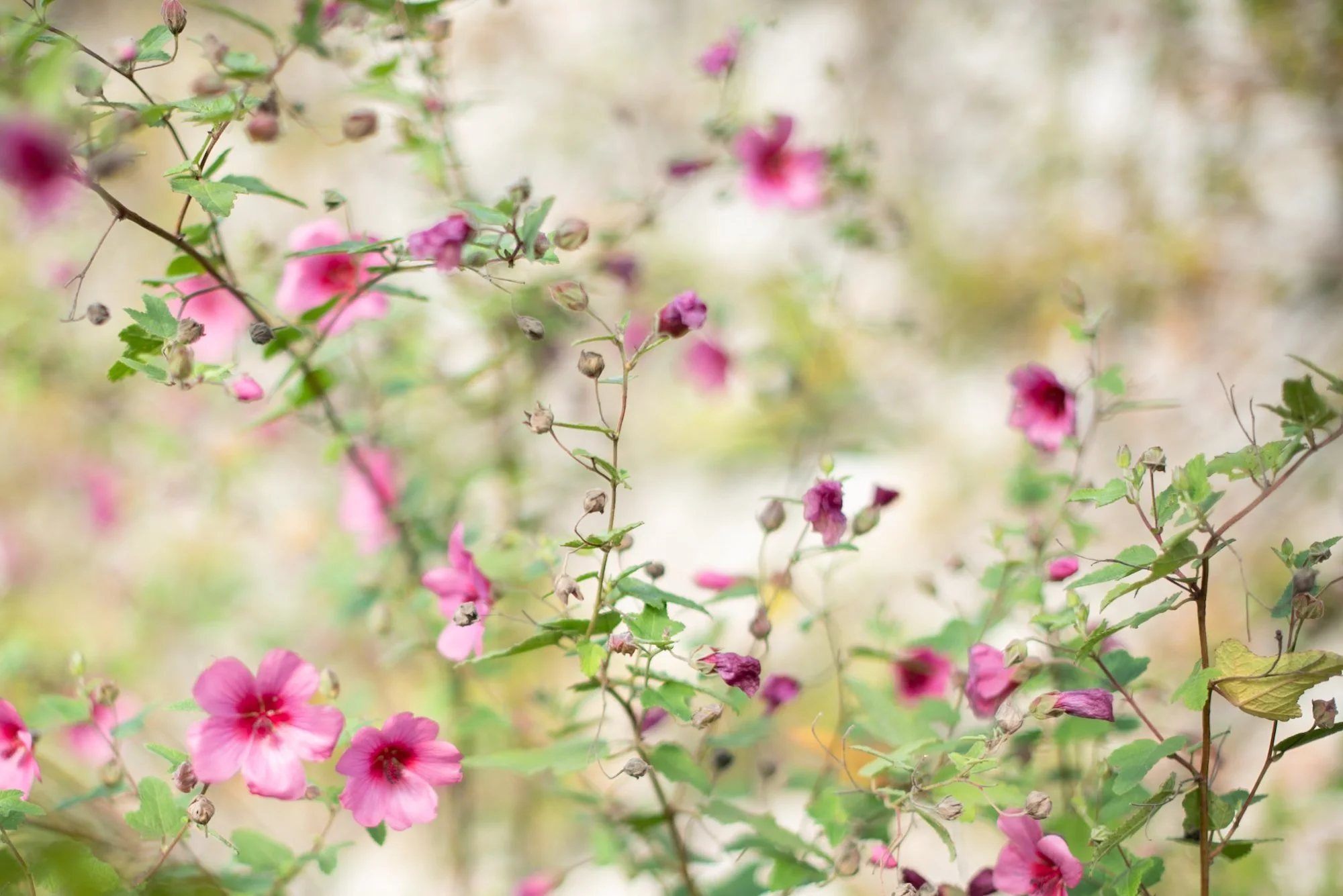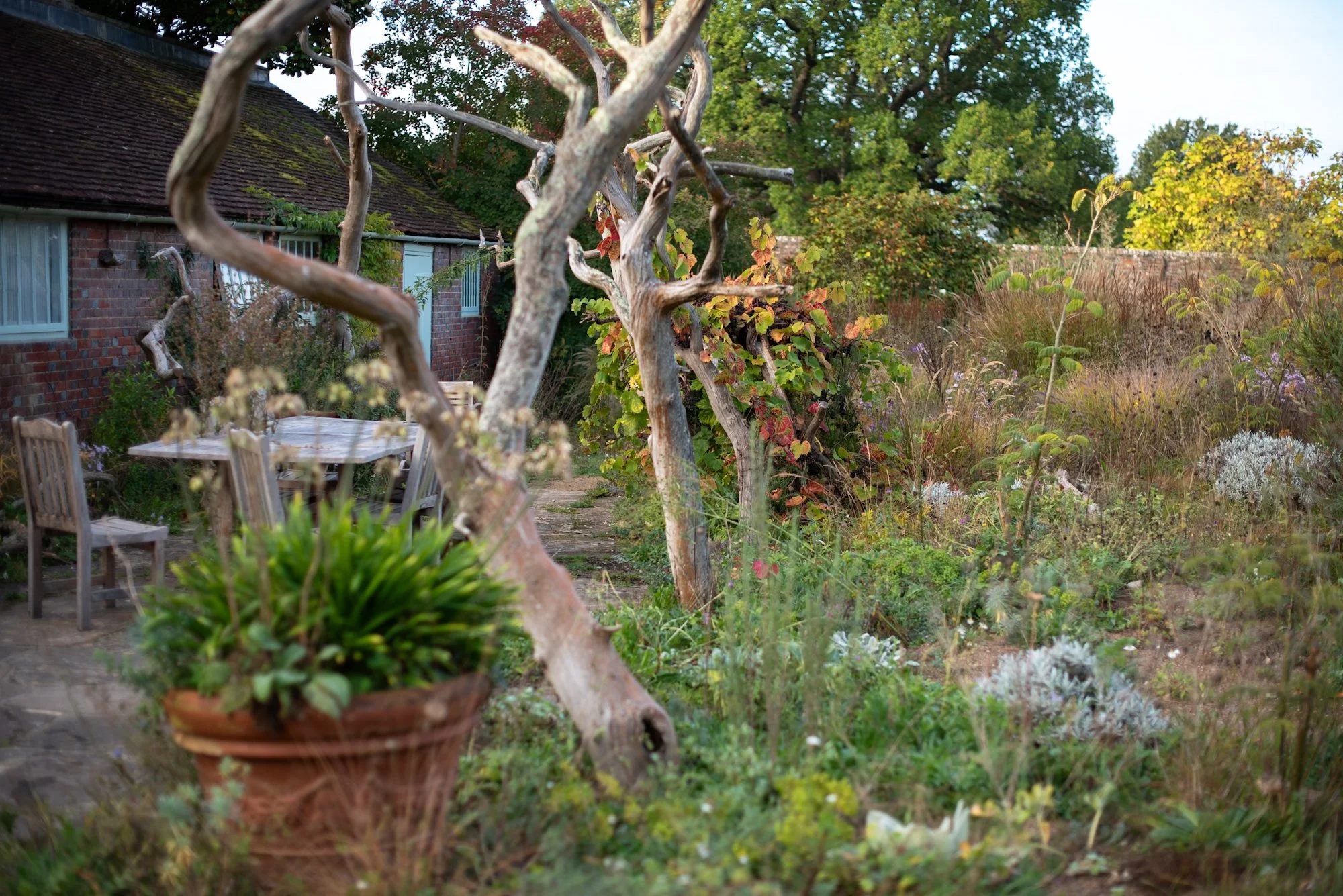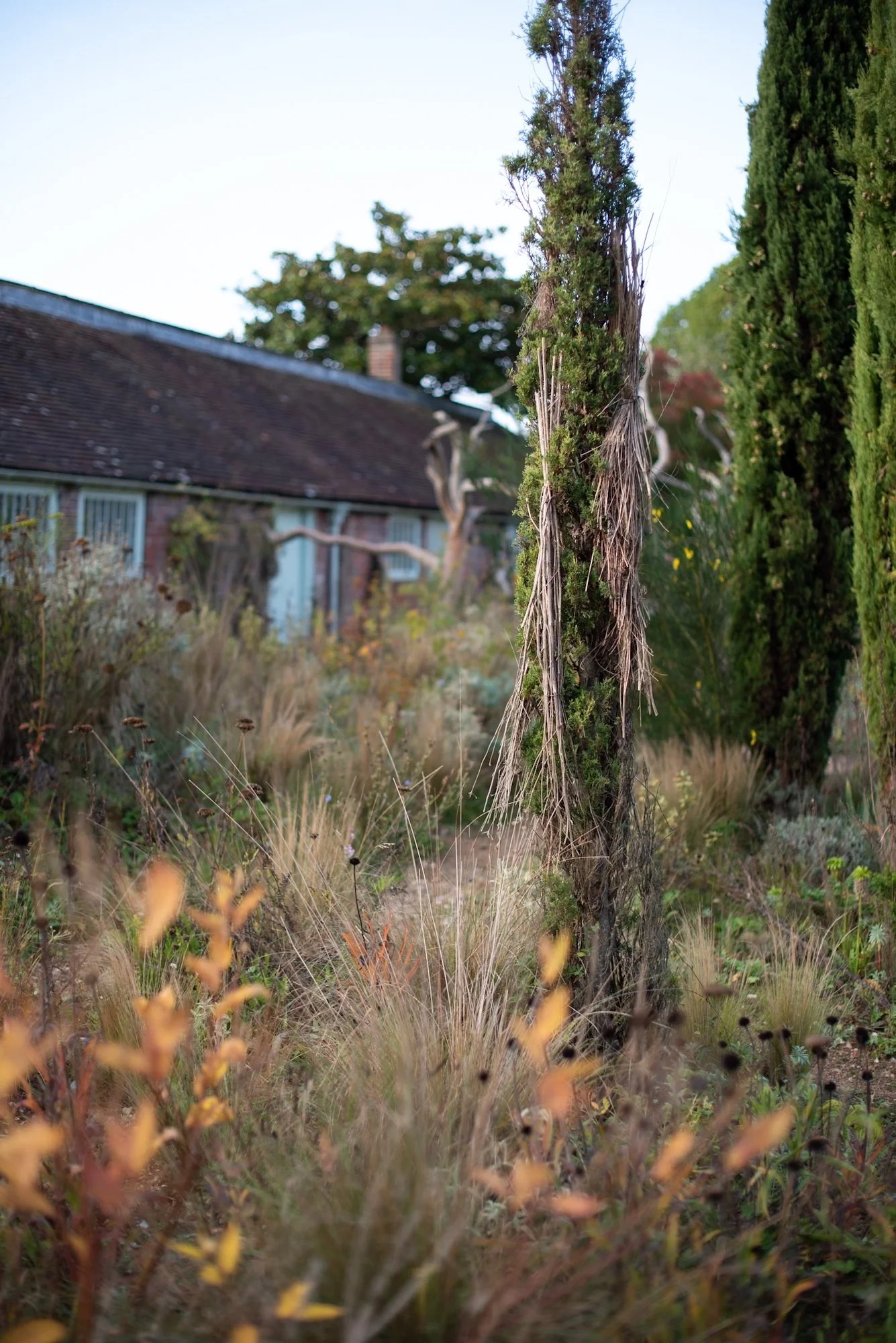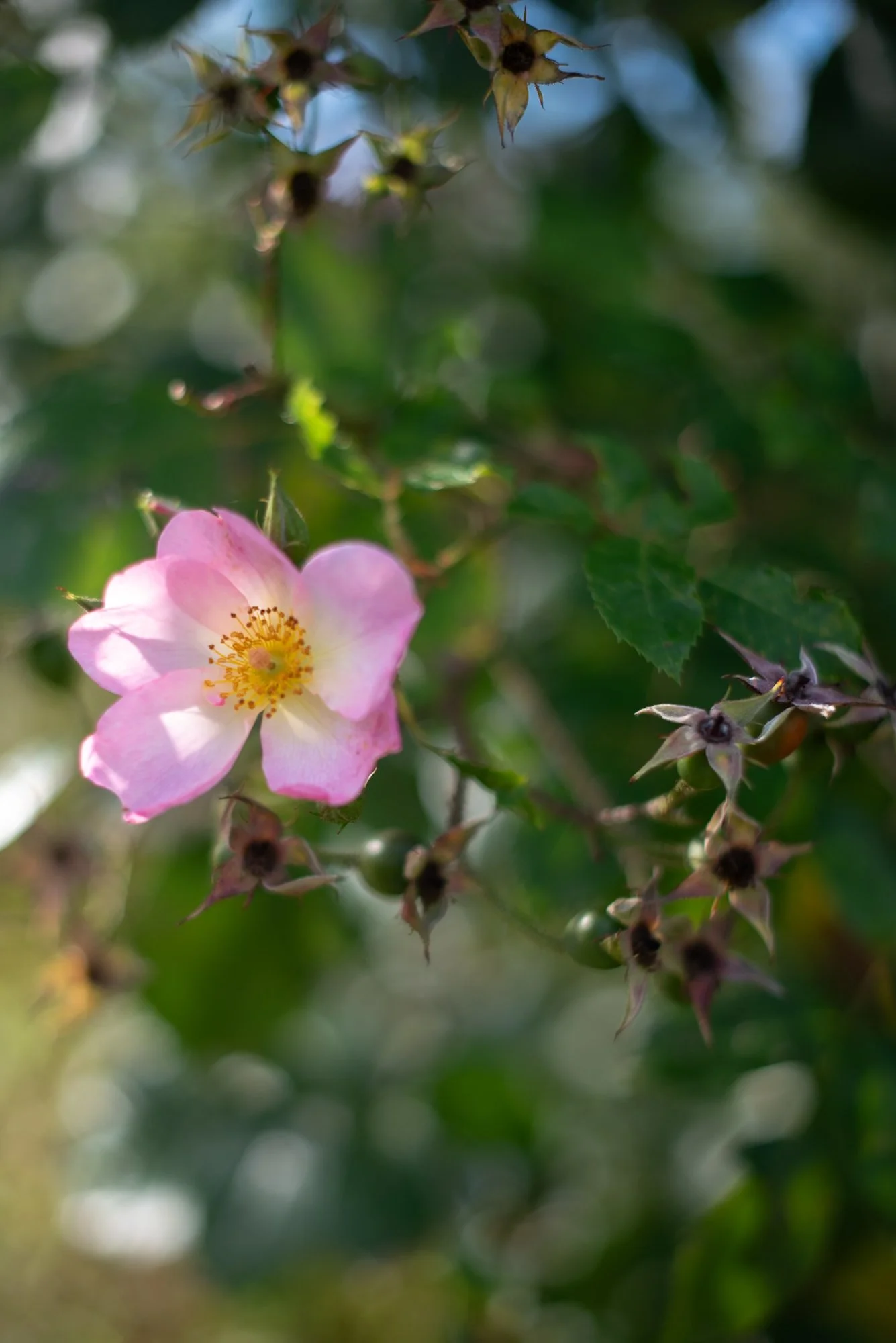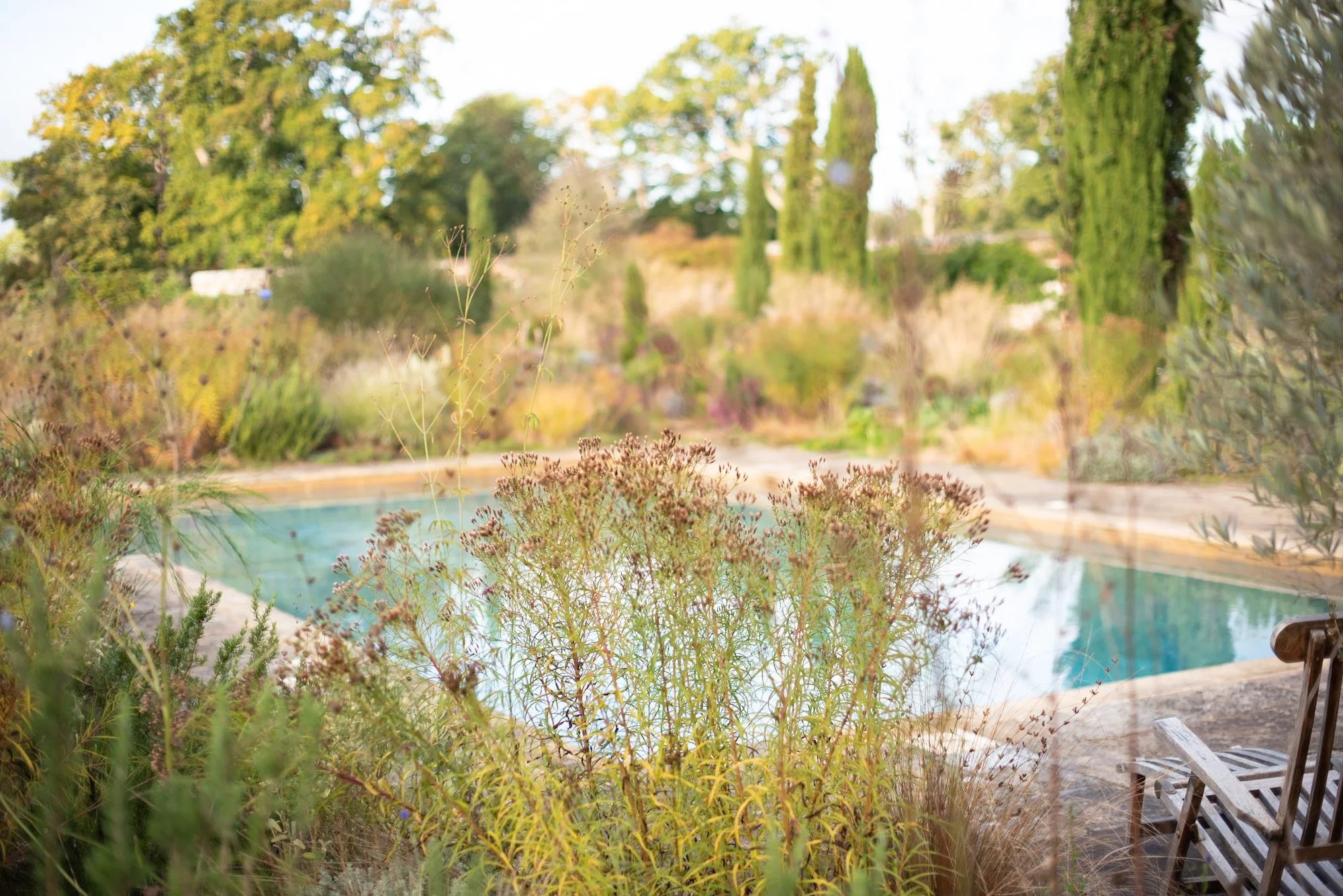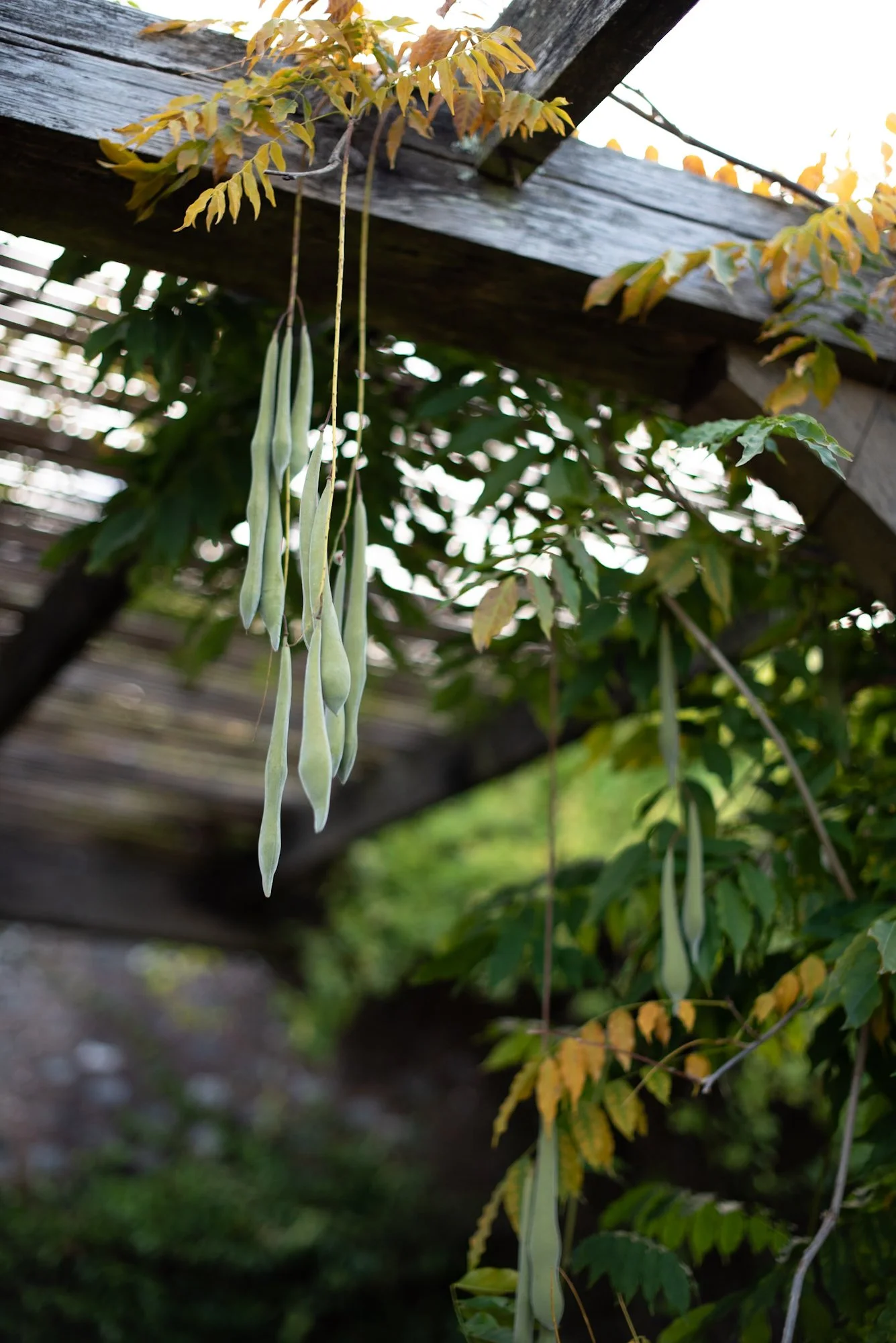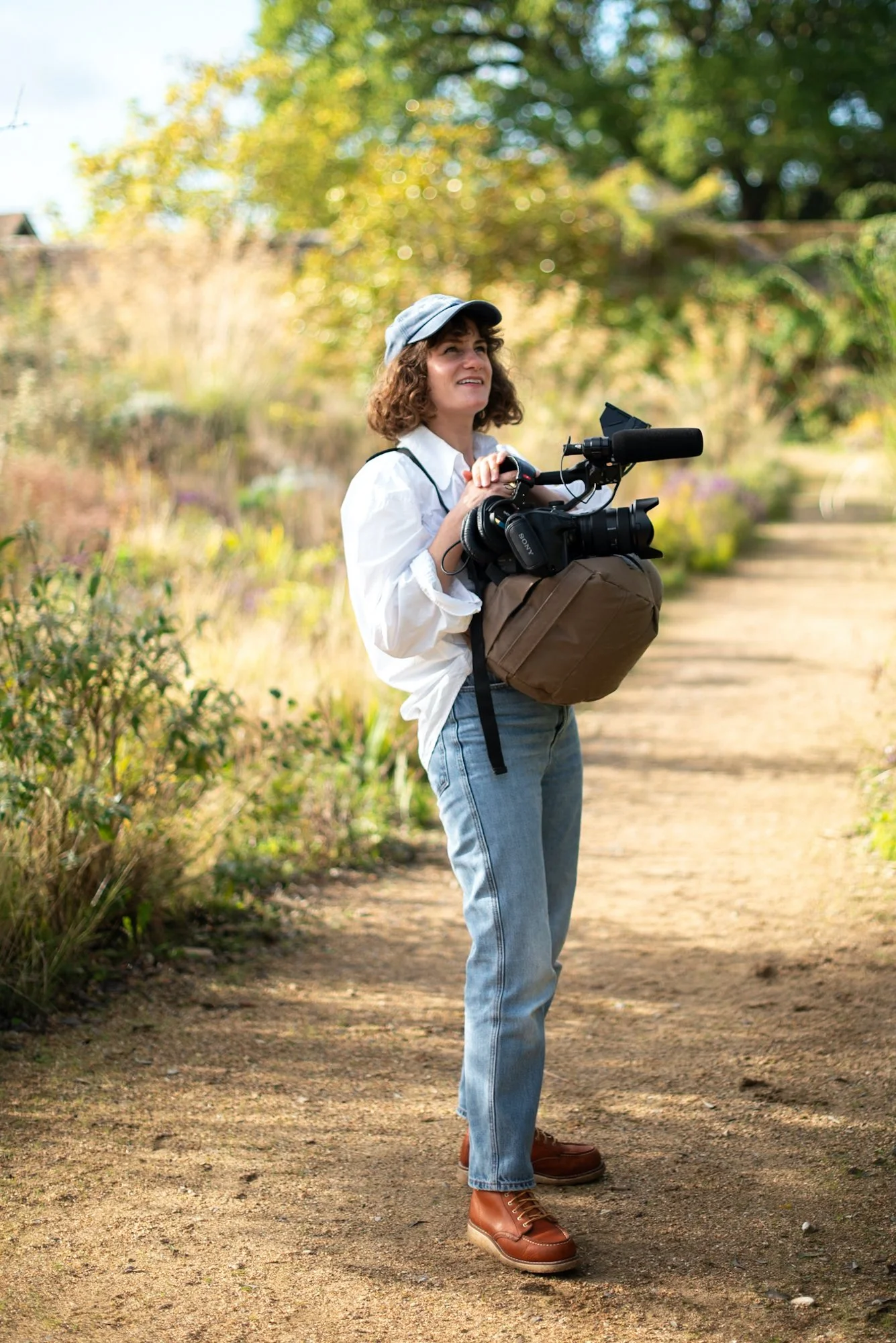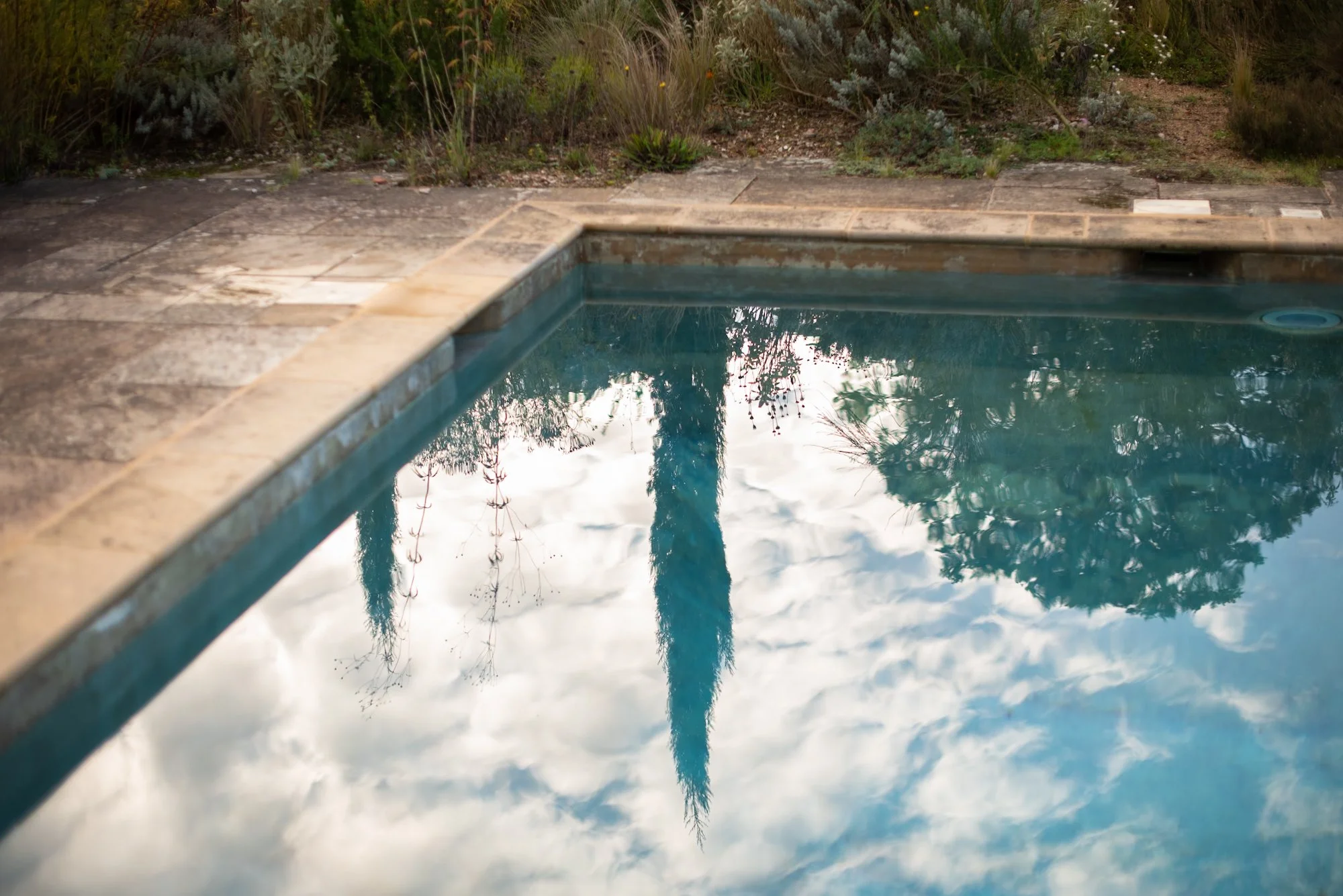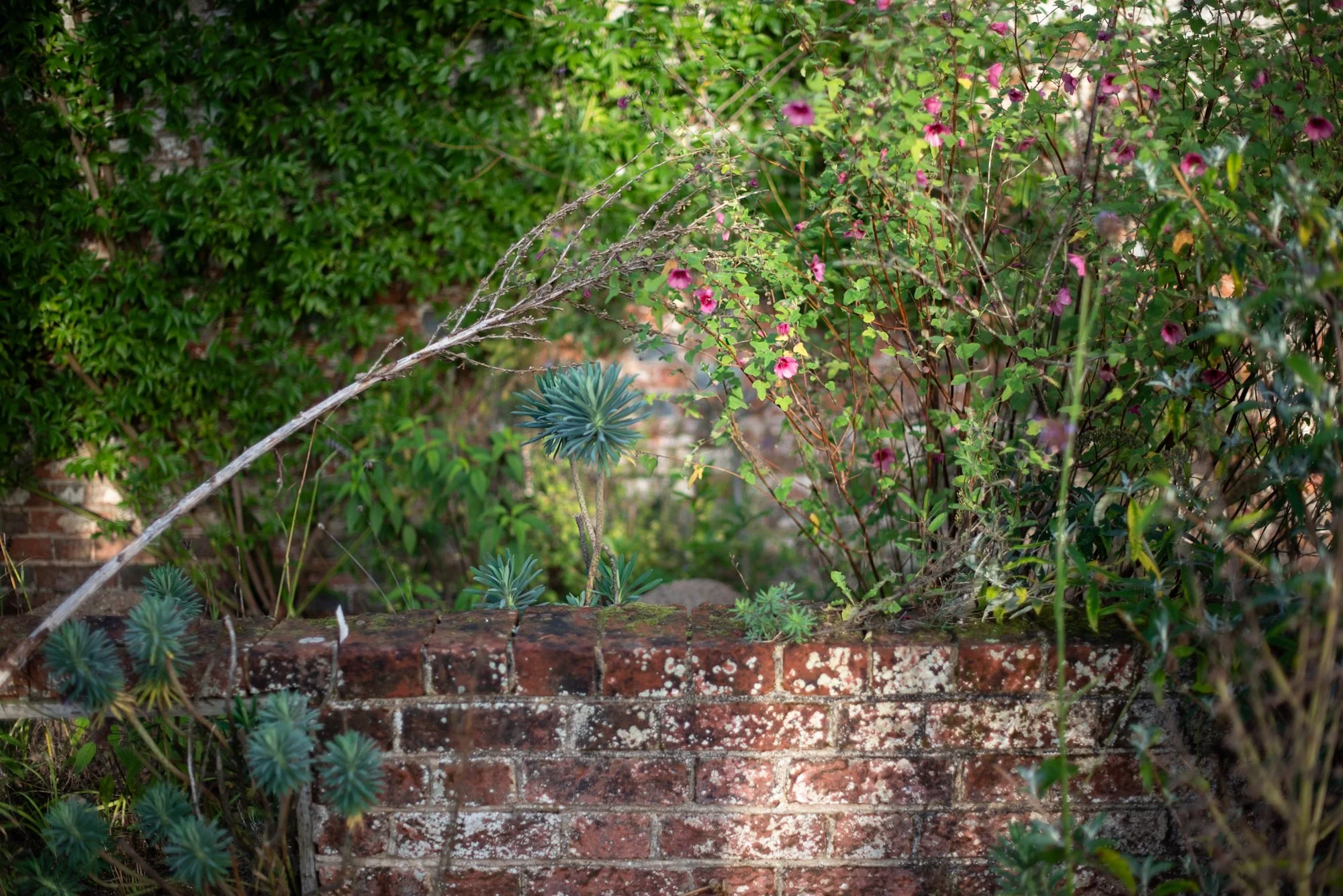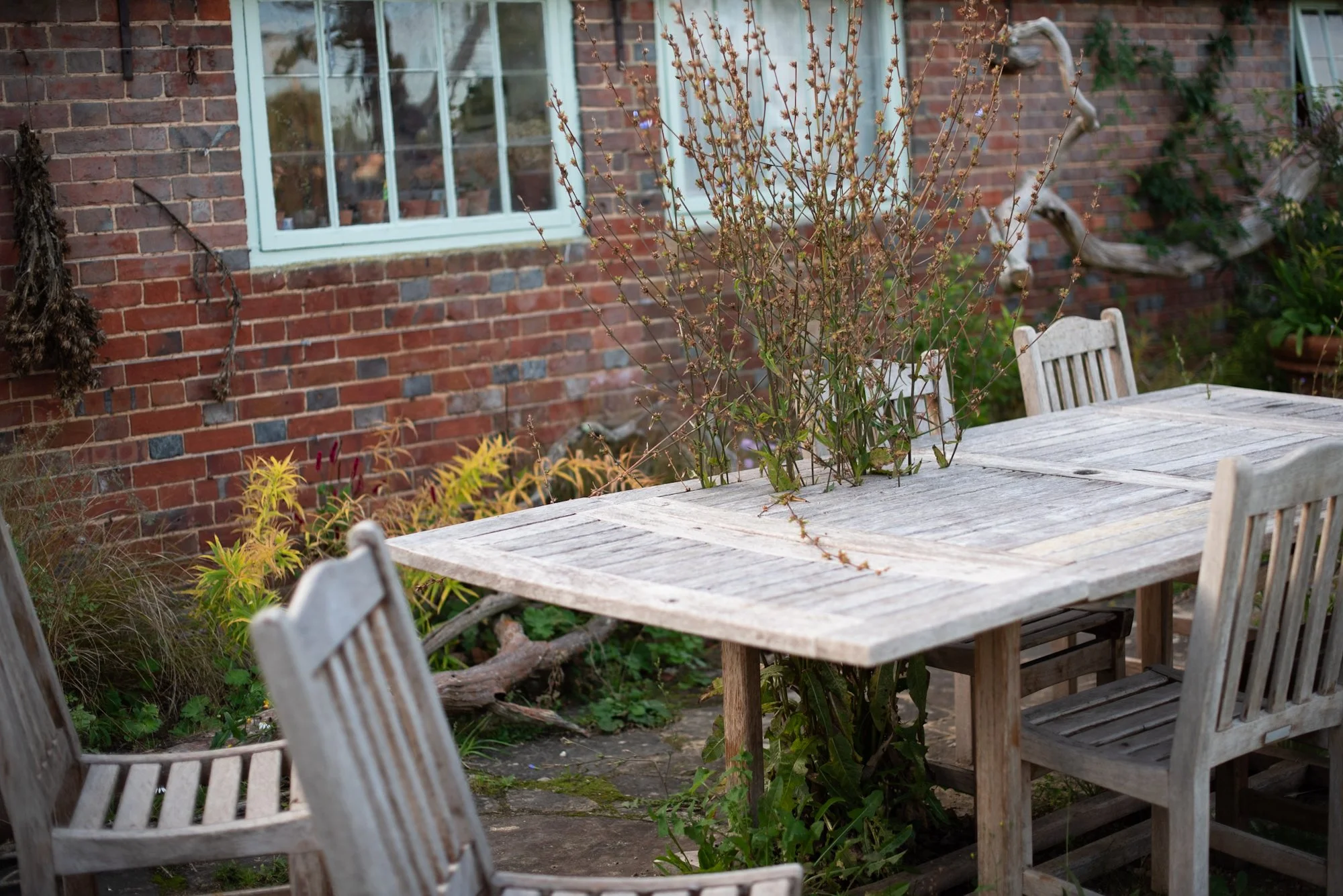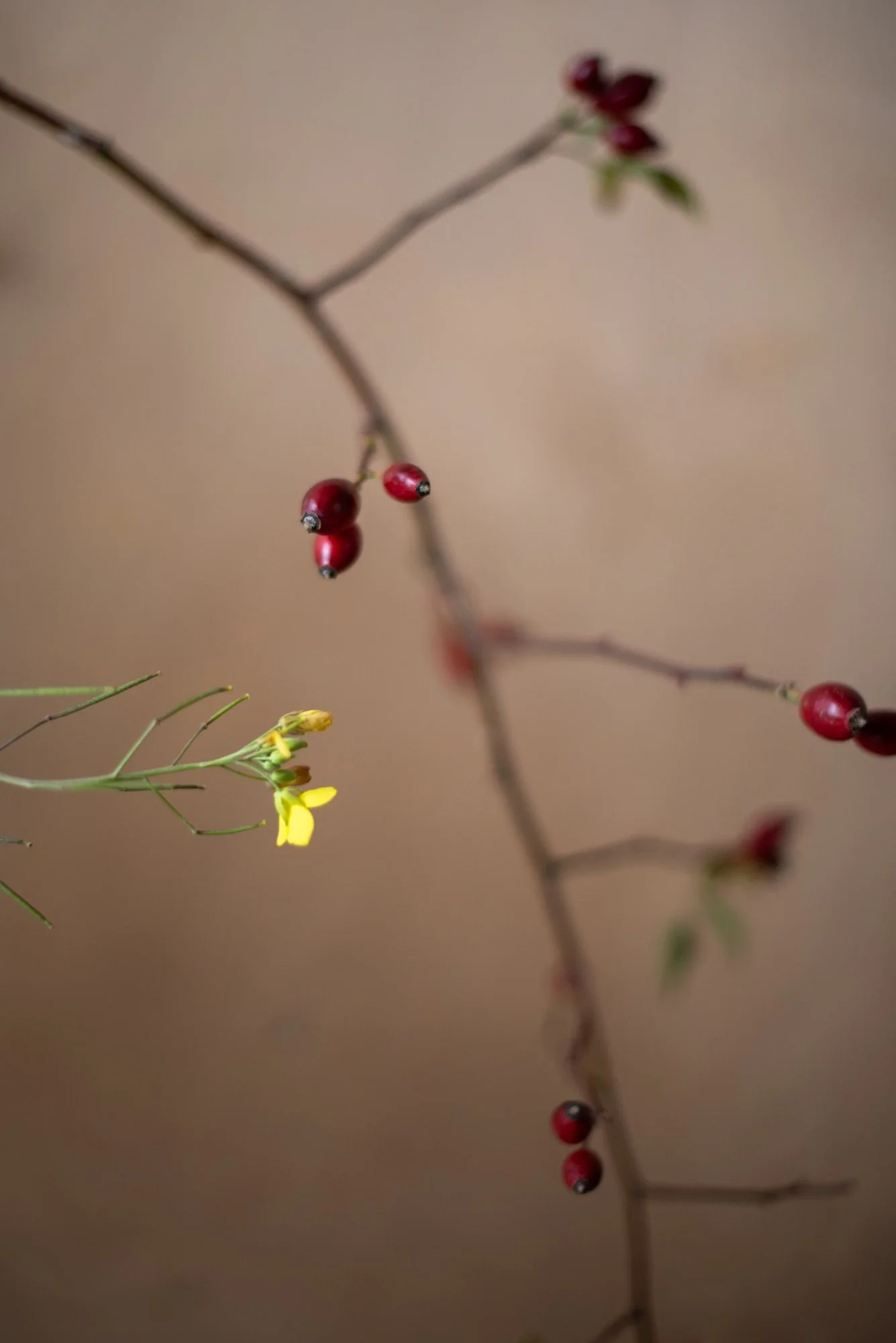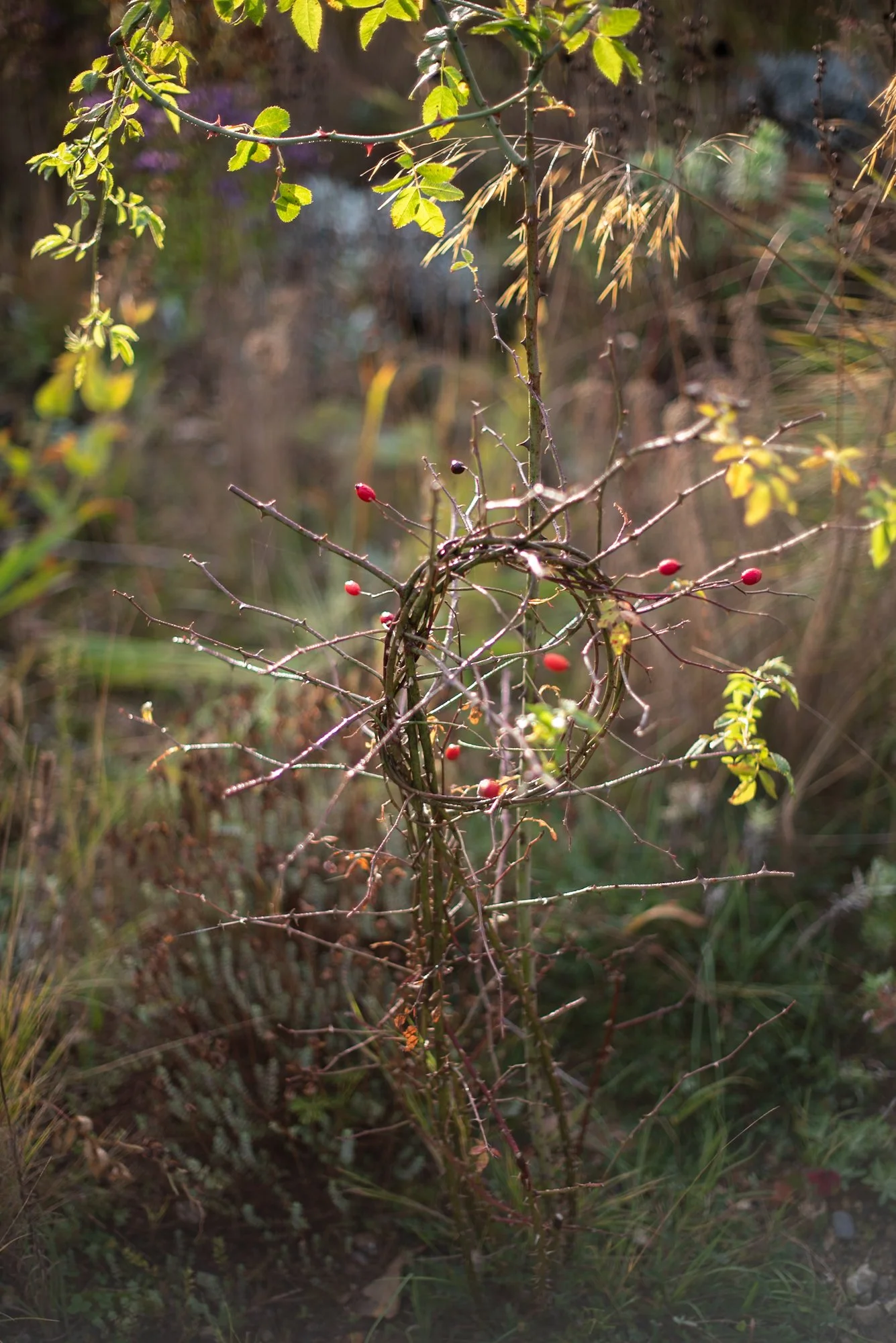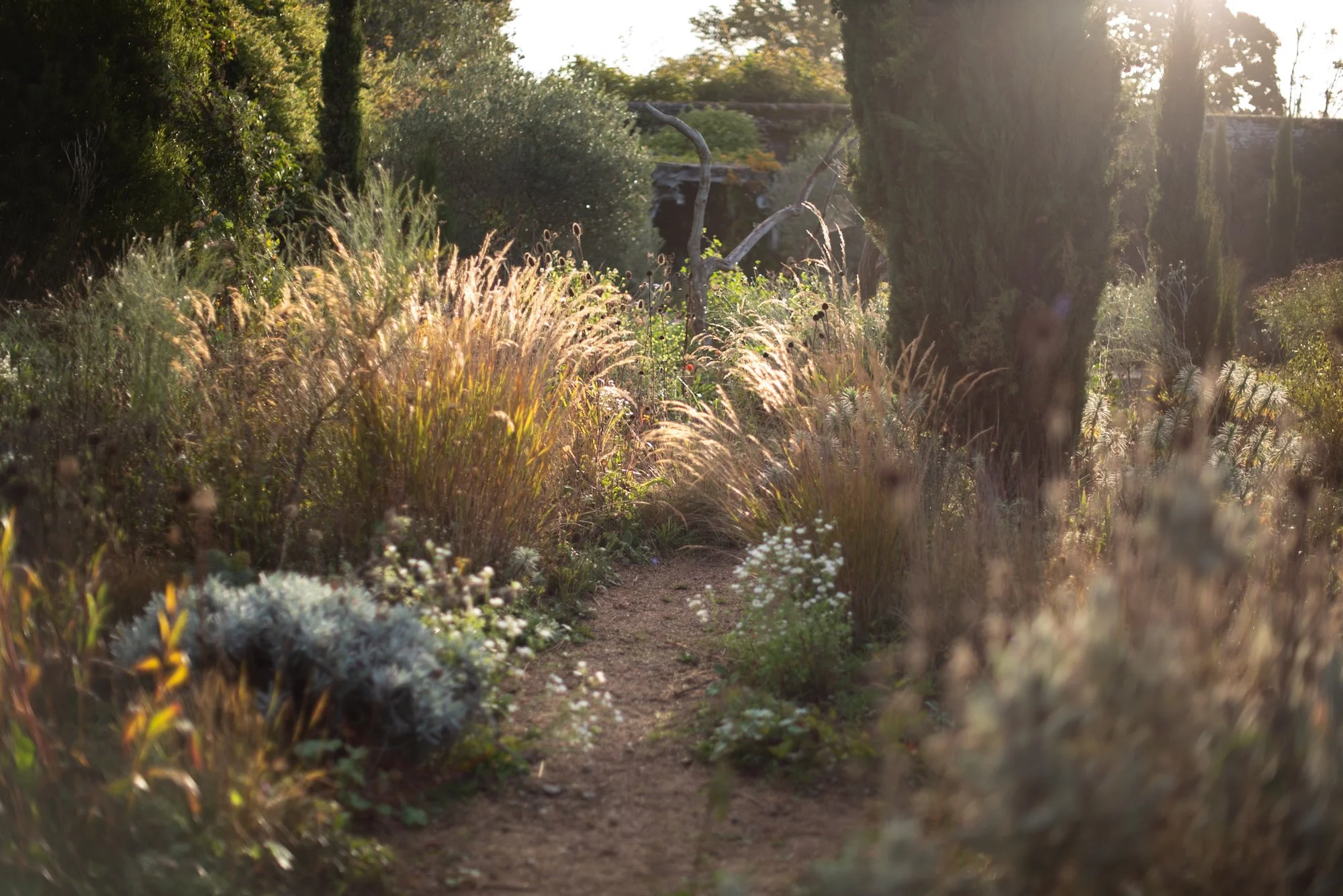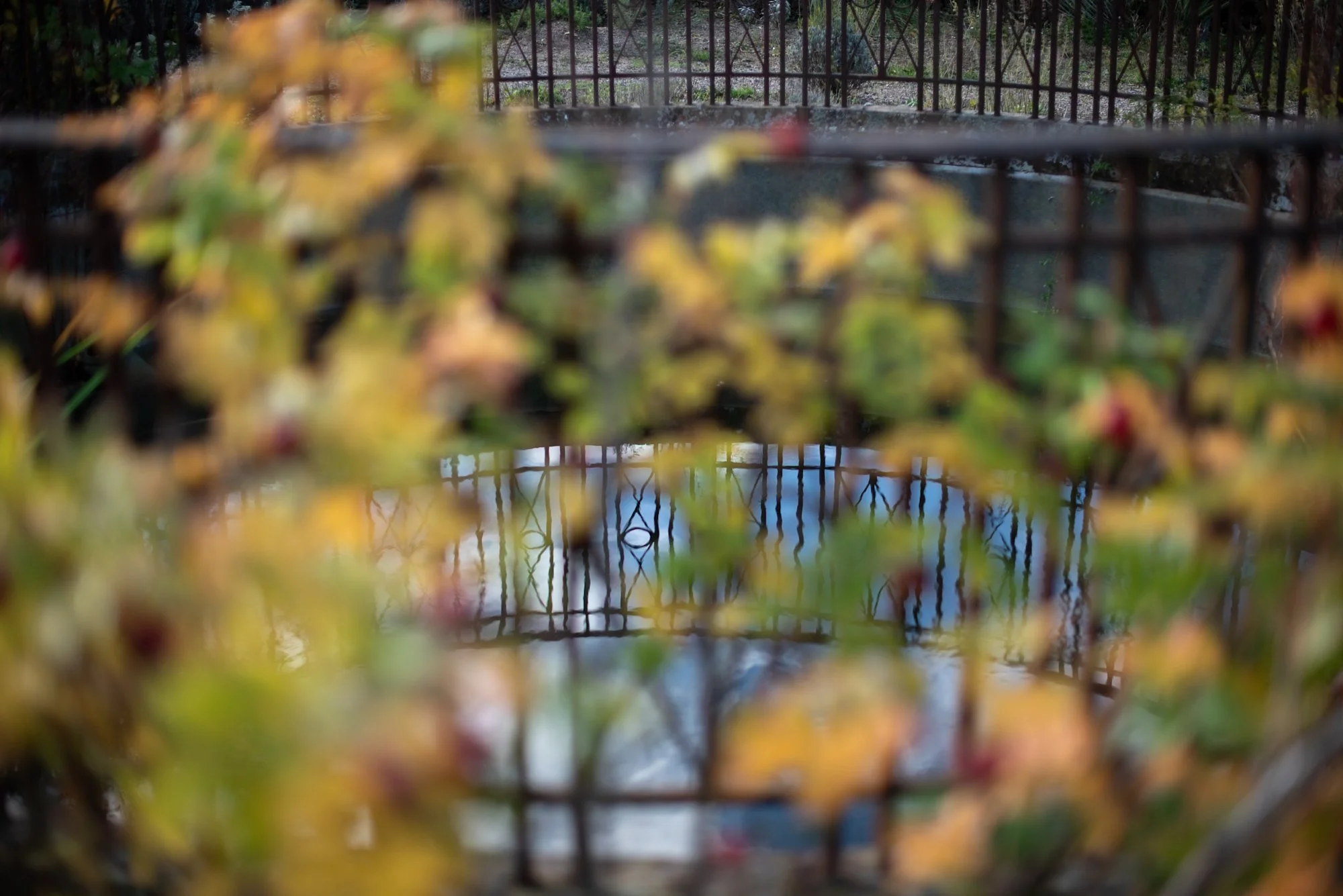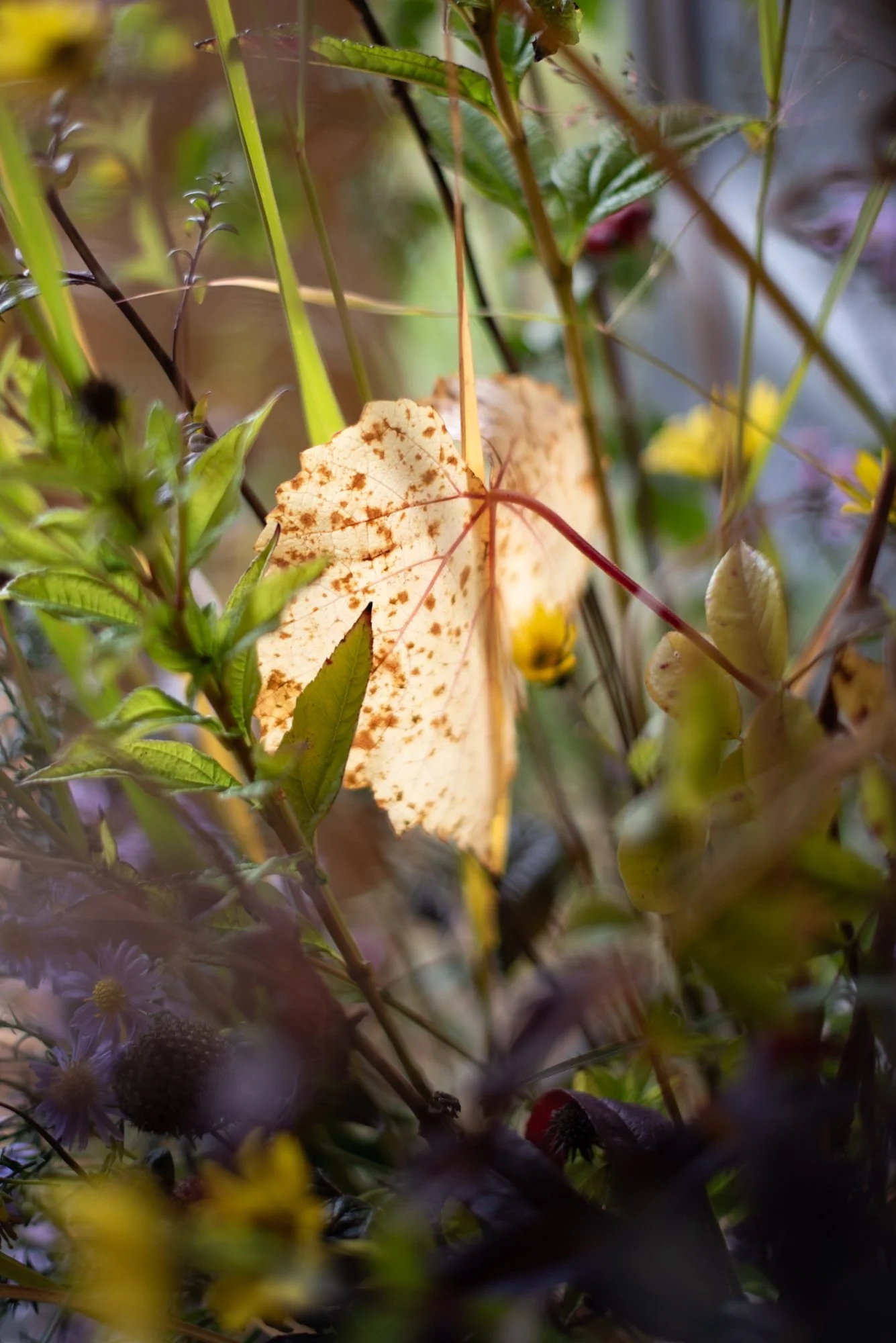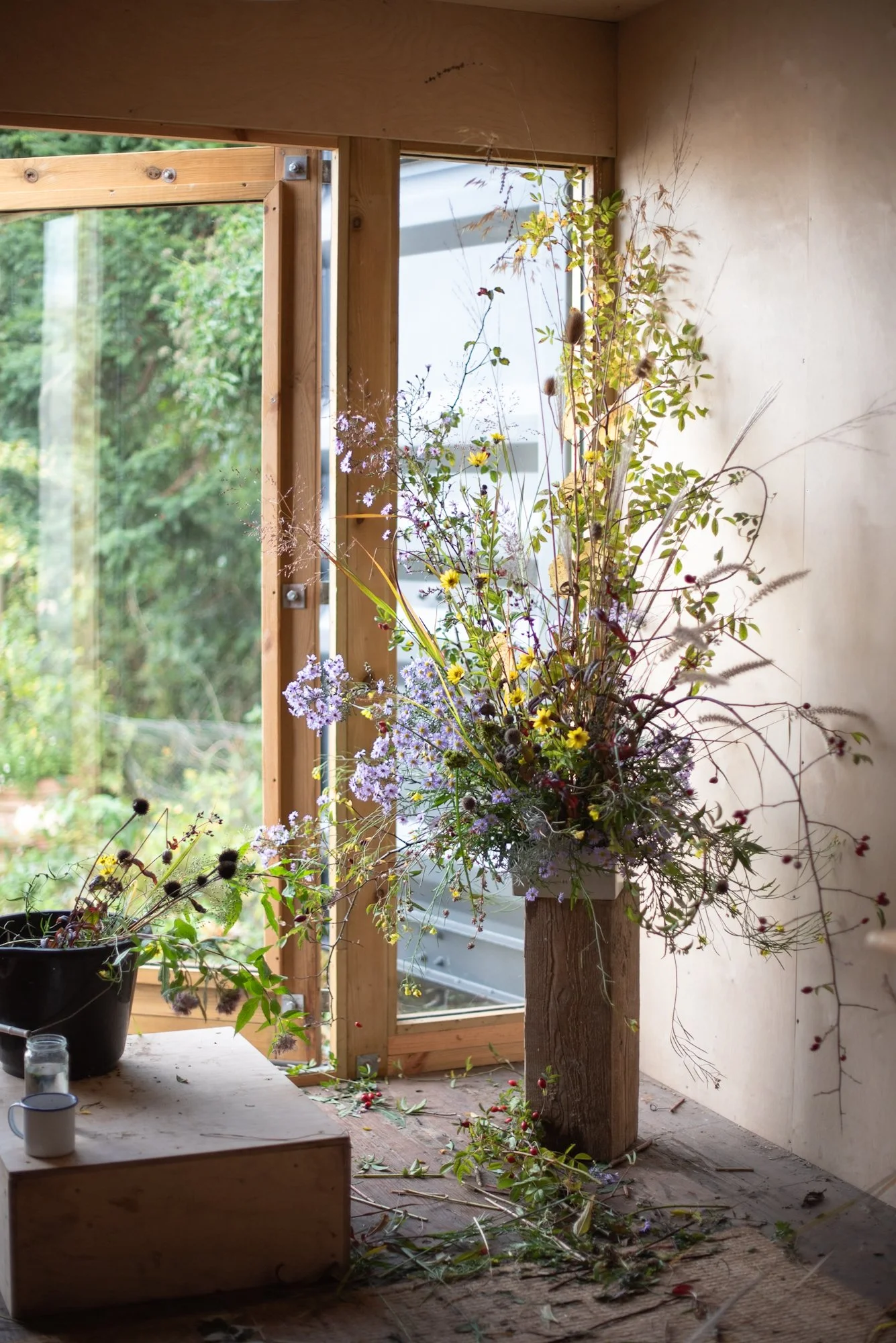Knepp is the home of Isabella Tree, a journalist and the author of Wilding: the return of nature to a British farm and the conservationist Charlie Burrell. Since 2000 they have ‘pioneered the ‘rewilding’ of their estate constituting 3,500 acres of rural west Sussex including areas of lowland, scrub, grassland, water and woodland. After seventeen years of trying to compete with bigger industrialised farms and failing to turn a profit due to the unsuitability of the soil for modern intensive farming methods (“concrete in summer and unfathomable porridge in winter”) the decision was taken to sell the sheep, dairy herds and machinery, halt the production of all the arable land and roll out an experimental, long-term conservation project across the entire estate. It took a decade of highs and lows for the project to achieve the support of the government but in 2010 the project was awarded higher level stewardship funding and Knepp is now recognised as one of the most exciting, hopeful conservation projects in Europe.
Free-roaming herds of semi-wild Exmoor ponies, English longhorn cattle, Tamworth pigs and red and fallow deer have been introduced to drive natural regeneration through grazing, browsing and rootling creating a complex mosaic of habitats and restoring dynamic natural processes, resulting in extraordinary increases in wildlife. The estate supports many rare species including turtle doves, nightingales, black and white storks, falcons, beavers, bats and the largest breeding colony of purple emporer butterflies in the country. There’s a brilliant film available to buy or rent on Apple TV - Wilding - released in 2023 which I highly recommend if you’re interested in learning more.
Until 2021 the walled garden beside Knepp castle was a perfectly flat croquet lawn. The creation of the garden was - and still is - an experiment in how to apply what has been learned through the wider rewilding project and attempting to initiate new ideas in how we think gardens can function as dynamic ecosystems. The garden was designed by Tom Stuart-Smith in collaboration with James Hitchmough (professor of horticultural ecology at the University of Sheffield), Mick Crawley (emeritus professor of plant ecology at Imperial College, London) and Jekka McVicar (an organic gardening expert). To create a garden of varying aspects and soil conditions, crushed building waste was dumped on the site to establish an undulating surface of humps and hollows, planted with drought resistant varieties that can thrive with limited fertility and water.
The Walled Garden at Knepp is beautiful - it’s a luxurious planty pleasure to behold and to experience - to sit in, to walk through. But it is also somewhere that gets your mind racing. It raises really important questions about how to grow and harvest flowers in a garden setting more sustainably and with the promotion of biodiversity always in mind. Thinking of ourselves - the gardeners - as a ‘keystone species’ sounds bizarre at first, but if we think of our movements and activities in the garden as mirroring those of larger herbivores, creating disturbances that allow opportunities for other species to thrive, it really makes sense.
I love the Knepp expression ‘judicious intervention’ applied to a garden context. This isn’t letting go; it isn’t an excuse for laziness or neglect - far from it. In fact it means looking closer, really looking. Keeping an eye on the plants that dominate and thinning them out, or ‘grazing;’ only when and where it’s necessary. Noticing the opportunities our plants provide for insects, birds and other wildlife. Working with nature rather than battling against it.
Jess has been following the project with a great deal of interest - she was first in line for Isabella’s book Wilding, which was published in 2023 and visited Knepp last summer on one of their (she says excellent) garden tours. I’ve often noticed that the way Jess gardens is relatively gentle. She’s an active gardener (certainly not hands-off) but there’s a thoughtfulness to her approach that leaves space for things to develop - she doesn’t rush in, she watches and waits and then acts very decisively once the way ahead becomes clear to her. In the latest post of her excellent blog, Knepp’s deputy head gardener Moy Fierheller writes “observe, reflect, adapt”. I think this is the most valuable lesson we can learn as gardeners and as caretakers of our own natural spaces. Watch and wait, exercise patience, practice restraint.
As a cut flower business to also be our own producer is still relatively uncommon. Not without its challenges or frustrations - and not for the faint hearted - I would nevertheless say that it is intrinsic to how we work. Not only does it inform and inspire the naturalistic style of the designs we create for events and teach, it also gives us both control and freedom in terms of the supply of our materials - we can grow unusual varieties that aren’t available wholesale, we can change the varieties, quantities and colours of what we grow on a seasonal basis, we can cut the stems in a way that suits our designs which is very different to how stems are presented when commercially grown and harvested and (most of the time) we’re self sufficient and therefore not subject to the fluctuations of price or supply of the wholesale markets. On the other hand we are very beholden to the vagaries of Mother Nature.
Our growing site has evolved significantly every year since we first started the cutting garden in 2016. From a tiny allotment it quickly developed along the recognisable lines of the small-scale flower farm set-up. We were greedy for plants and experience rather than with a wholesale business plan in mind. We did a lot of events in those years but even so were vastly over-producing in terms of the quantity of cut flower stems needed to supply the studio, especially because we were mainly concentrating on cut-and-come-again annuals (on the plus side the insects were having a field day). In 2020 Jess decided to develop the garden, adding a larger area of mainly drought-tolerant perennials that could withstand our increasingly hot summers and in the five years since has continued to evolve the space, gradually reducing the very labour intensive production of flowering annuals and allowing some areas to return to a wilder state. It has been an interesting experiment, particularly in the top garden which was once regimented rows of tulips in spring, dahlias in summer - and is now a miniature orchard of crab apple trees, wild flowers and grasses. We still cut from this area all the time - we use the grasses, we use the buttercups, the wild carrot, the yarrow, the teasels and buddleia and honeysuckle. It’s a ‘managed wilderness’ but still incredibly productive and supportive of insects, birds, field mice, toads and slow worms too.
I’ve always rather bristled at the traditional hierarchy imposed upon the materials that we use in floral design. The idea that cow parsley has no value because it grows wild on roadside verges is absolute madness to me. It is extremely beautiful and in profuse supply in May when it is useful as a frothy ingredient in designs that aim to evoke the natural abundance of early summer. It is also an early source of nectar for hoverflies, bees and orange-tip butterflies.
We’re advocates of accepting and utilising, within reason, the wild plants that crop up in the garden of their own accord. Thistles we mostly pull out. Nuisances like dandelions that can quickly get too big for their boots. We’ll always be battling the creeping buttercup, brambles and bindweed. Things that will hinder the growth of the cultivated plants that we need to harvest, yes, we ‘weed’ those out.
But the definition of a weed is highly subjective, and there are numerous examples of plants that are commonly thought of as weeds that we find either attractive or useful, or both and so, rather than constantly battling against them we simply use them, and welcome their additional complexity they provide in the natural habitat of the space. I mentioned the wild carrot and the yarrow but there are so many others - field poppies, greater celandine, wild clematis, mugwort, fleabane, ox-eye daisy, cow parsley, fireweed, bramble, dog rose, herb Robert, field scabious, forget-me-nots, St John’s wort, hemp agrimony, self heal, feverfew, hedge and Lady’s bedstraw, evening primrose, campion, common mallow, dead nettle, field pennycress, teasels. Reevaluating what to take out means we’re leaving plants that have a high ecological value because they provide food for pollinators and birds. But they also have uses for shape, colour, form, filler and texture in floral designs and are often in such abundant supply in the surrounding countryside that the small amount we take barely makes a dent.
When I raise my head above the parapet of our little, very particular bubble I am often disheartened by what I see in the floriculture industry. Wastage, wire, chemicals, plastic, air miles, excess, thoughtlessness, flagrant mis-use of words like ‘natural’ and ‘seasonal’ when the products are anything but. BUT I really do believe there are positive steps being taken too - and there are people working incredibly hard to make that happen. Education around reducing the use of floral foam, being the main example I can think of in terms of sustainability. In this country there has been a resurgence of small-scale flower farms growing organically and presumably (though we’re not flower farmers) there is corresponding demand from the florists they provide. I often wonder whether so much of what we do as gardeners and as flower arrangers, too, is because we’re on auto-pilot, and because we’ve inherited ways of doing things that its time to move beyond, or at least to think through, to question. Do these methods serve us - as producers, as consumers, as designers, as caretakers. Do they improve our world?
Something to think about. Thank you to Knepp for raising the questions.
In our latest Flowers on Film episode we visit the Knepp Walled Garden on a glitteringly beautiful autumn day and dive into a conversation with Head Gardener, Charlie Harpur. The next day we continued mulling the links and overlaps and I made an arrangement inspired by the garden there, trying to incorporate as many of these threads as possible. In the spirit of Knepp it’s an experiment - a fun one. We hope you enjoy it.
If you’re able to get to Knepp to experience the garden - and the wider estate - first hand I’d highly recommend it. If not, or not for a while, there are plenty of ways you can learn more in the meantime.
Knepp Website


